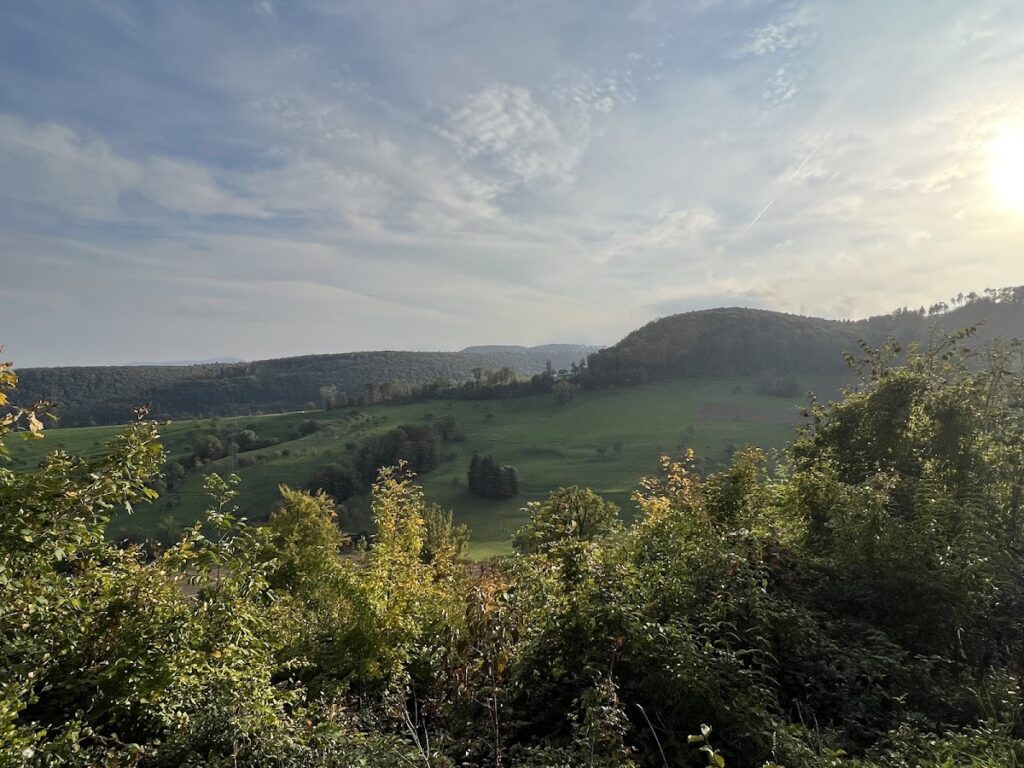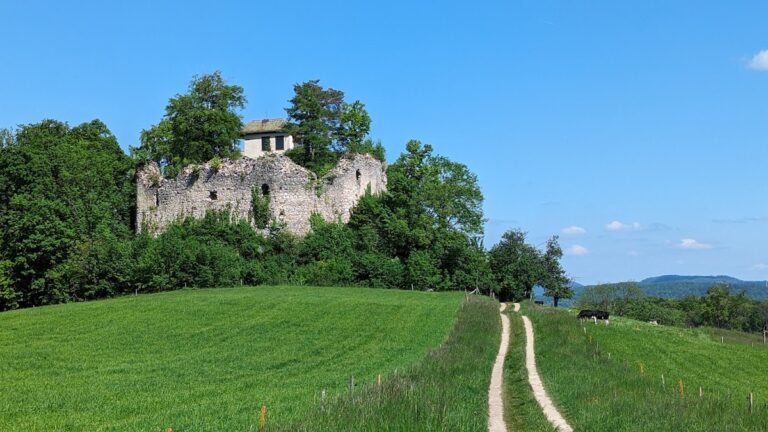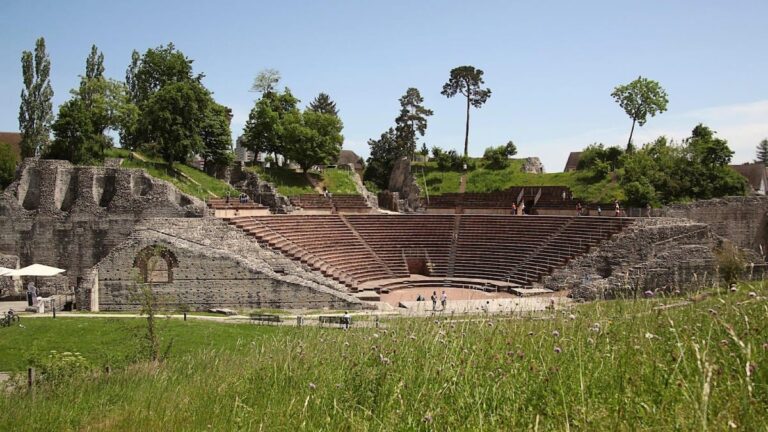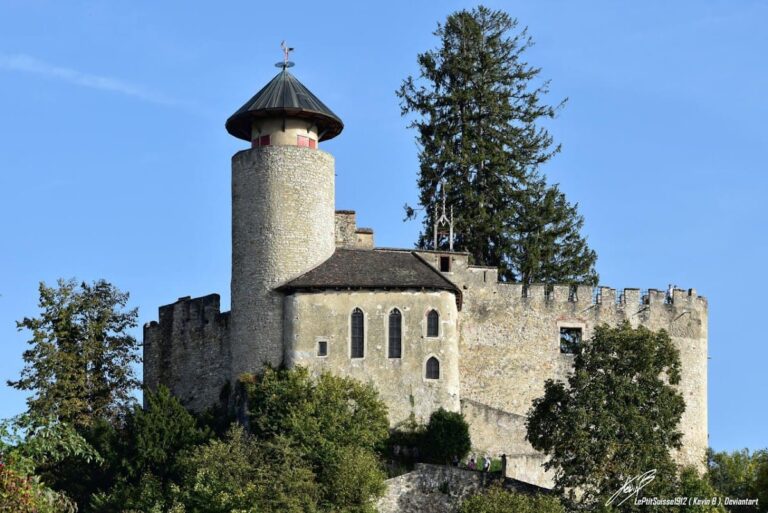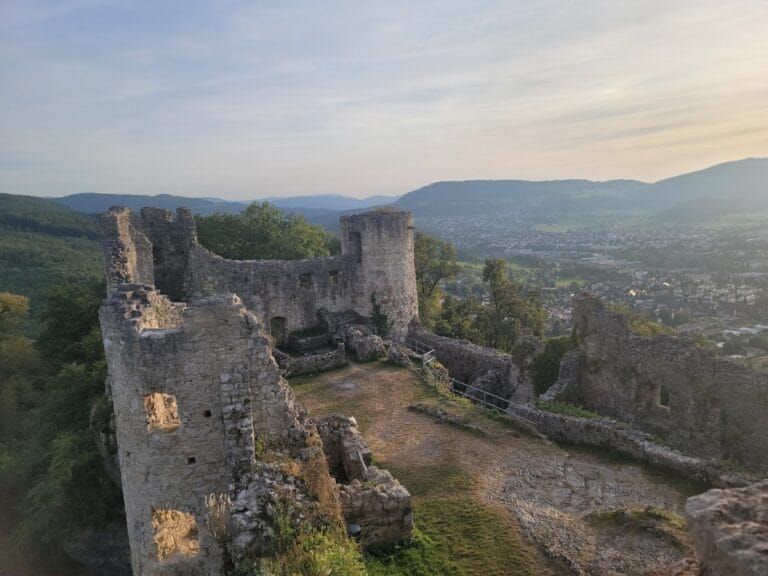Ruine Madeln: A Medieval Castle Ruin in Pratteln, Switzerland
Visitor Information
Google Rating: 3.9
Popularity: Very Low
Google Maps: View on Google Maps
Country: Switzerland
Civilization: Unclassified
Remains: Military
History
The Ruine Madeln is a castle ruin located near the municipality of Pratteln in Switzerland. Constructed around the year 1270, it was built by the Lords of Eptingen, a noble family of the medieval period. The castle occupied the highest point of the Adlerberg hill, situated between the communities of Frenkendorf and Pratteln.
During the late 13th and early 14th centuries, the castle served as a fortified residence under the ownership of the Eptingen family. The last likely occupant was Knight Werner von Eptingen-Madeln. In 1356, a major earthquake centered near Basel caused the destruction of the castle. Unlike another nearby stronghold owned by the same family, Pratteln Castle, Madeln was never rebuilt after this event. Instead, it was abandoned and gradually fell into ruin.
By the sixteenth century, the main residential building, known as the palas, still rose to four stories. However, over the next two centuries, surviving structures deteriorated significantly. By the 18th century, only small fragments of the ruins remained visible above ground. The castle’s remains were effectively swallowed by nature until their partial uncovering centuries later.
In 1939, military activity during the construction of an artillery observation bunker on the Adlerberg brought the ruins back to light. Soldiers discovered two walls of the old castle, prompting detailed archaeological excavations between 1939 and 1940. These efforts uncovered various artifacts, among them two remarkably well-preserved pot helmets, shedding light on the site’s military past. To protect the fragile remains from ongoing decay, the ruins were carefully reburied under earth in 1943.
Remains
Ruine Madeln was built with a strong emphasis on defense, taking advantage of its hilltop location atop the Adlerberg. The castle grounds were enclosed by a substantial protective system featuring a double layer of walls and a surrounding ditch, also known as a moat. This arrangement was designed to create multiple barriers against potential attackers, emphasizing security in its construction.
Inside the fortified area stood the palas, or main residential building, which originally reached at least four floors in height. This multi-story structure served as the central living quarters for the castle’s inhabitants. By the 16th century, these upper stories were still standing, reflecting the building’s original scale and purpose.
Archaeological excavations in the late 1930s and early 1940s revealed two surviving wall sections of Ruine Madeln. These remains consist of carefully laid masonry work typical of medieval fortifications, constructed to withstand both sieges and natural elements. Among the artifacts recovered were two intact pot helmets — a style of protective headgear used in medieval combat — underscoring the military role of the castle.
To preserve these finds and the fragile ruins from further deterioration, the site was deliberately covered with earth in 1943. This protective measure has helped maintain what little remains of the structure in situ, preventing additional loss from weather and human impact. The covering conceals the castle from view but preserves its archaeological integrity for future study.

